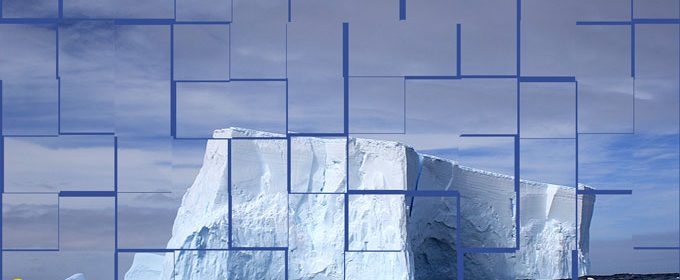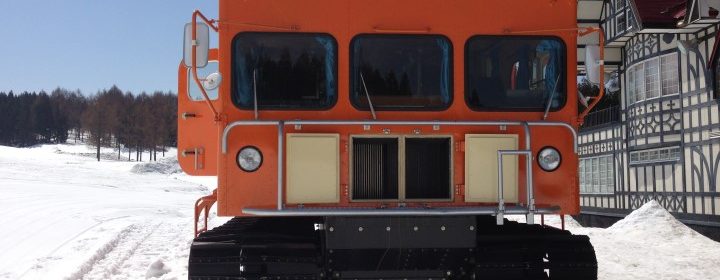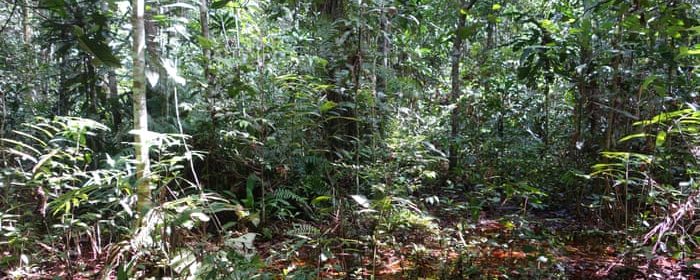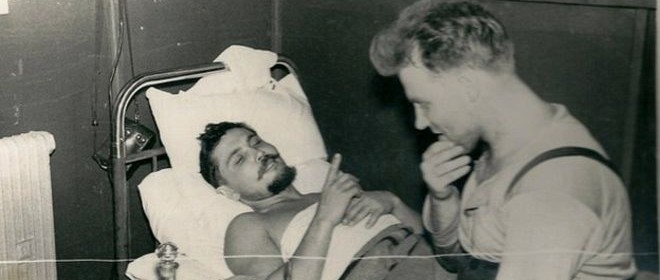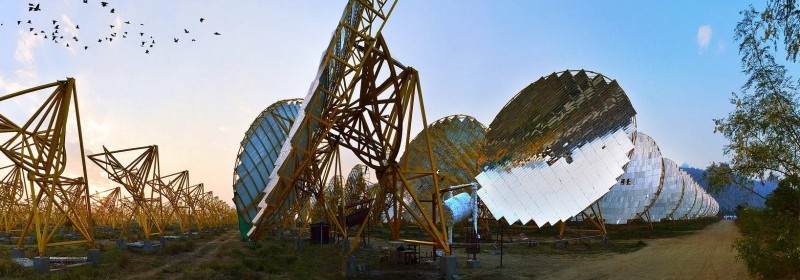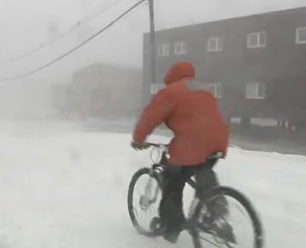The Seasons Of Antarctica

Winter in Antarctica, it is dark all of the time. In the Antarctic summer, (between January and March, when there is plenty of daylight—twenty-four hours a day! In September, the Sun rises, and then doesn’t set again until March. Why does Antarctica have six whole months of darkness in the winter and six whole months of lightness in the summer? […]
Read more


